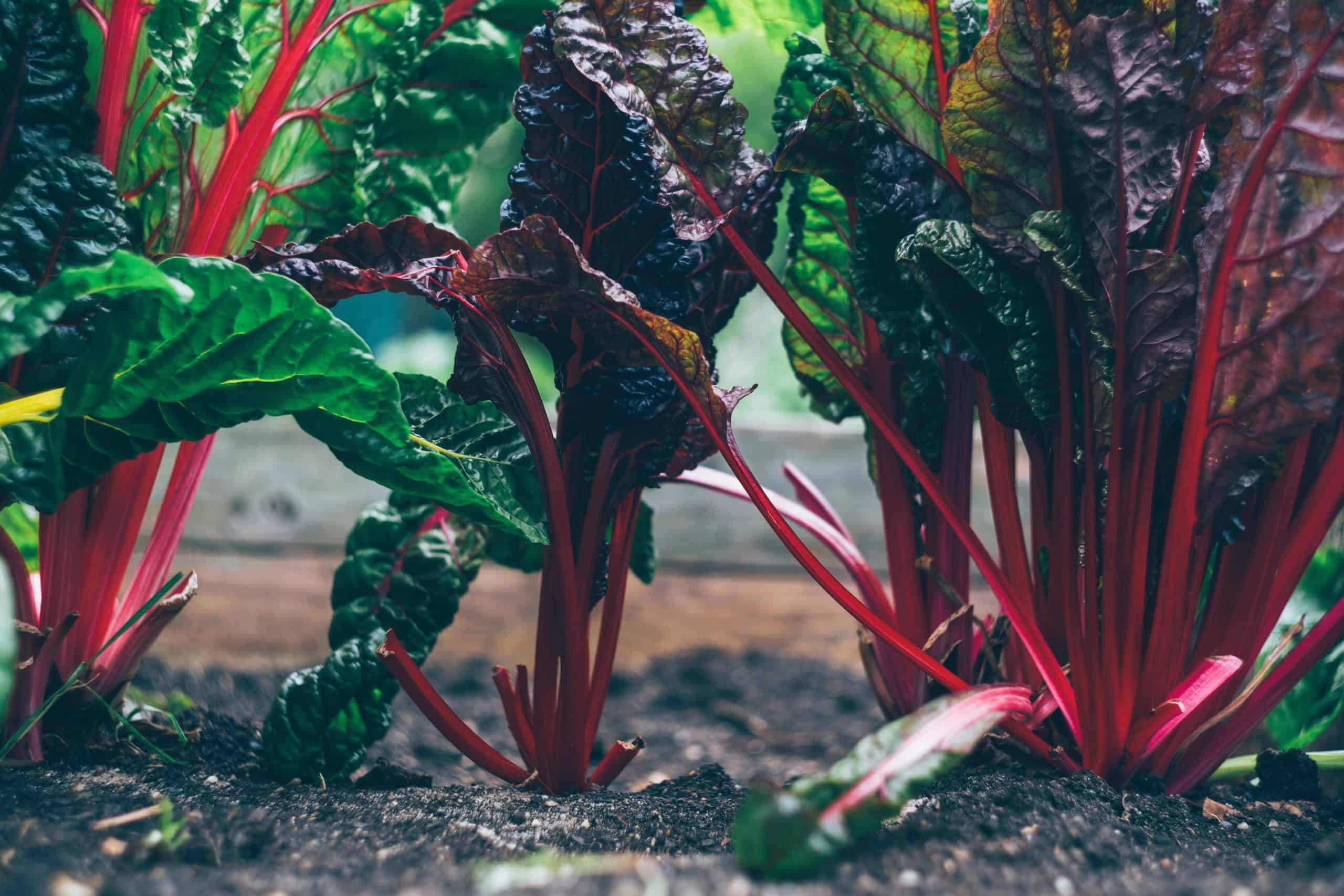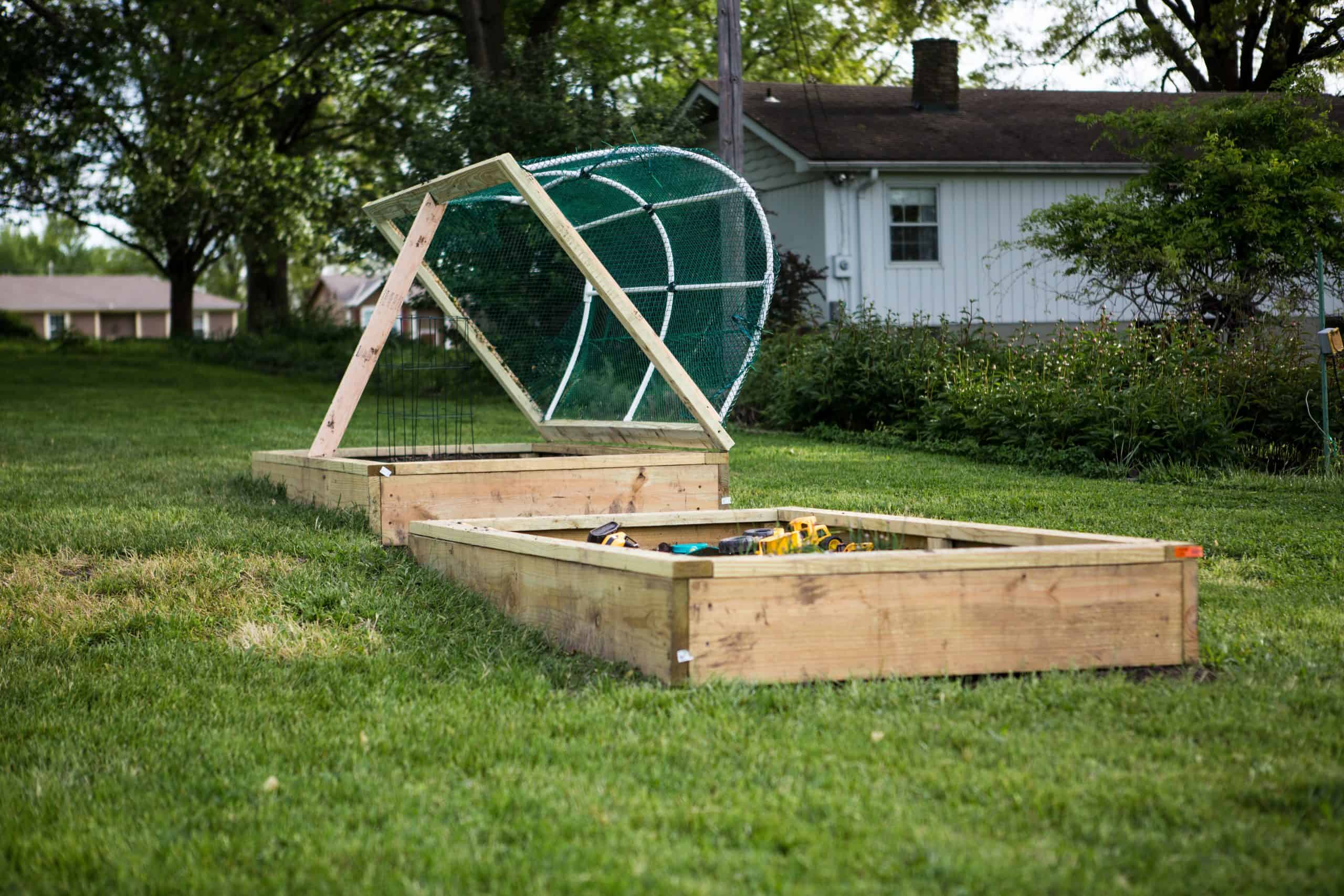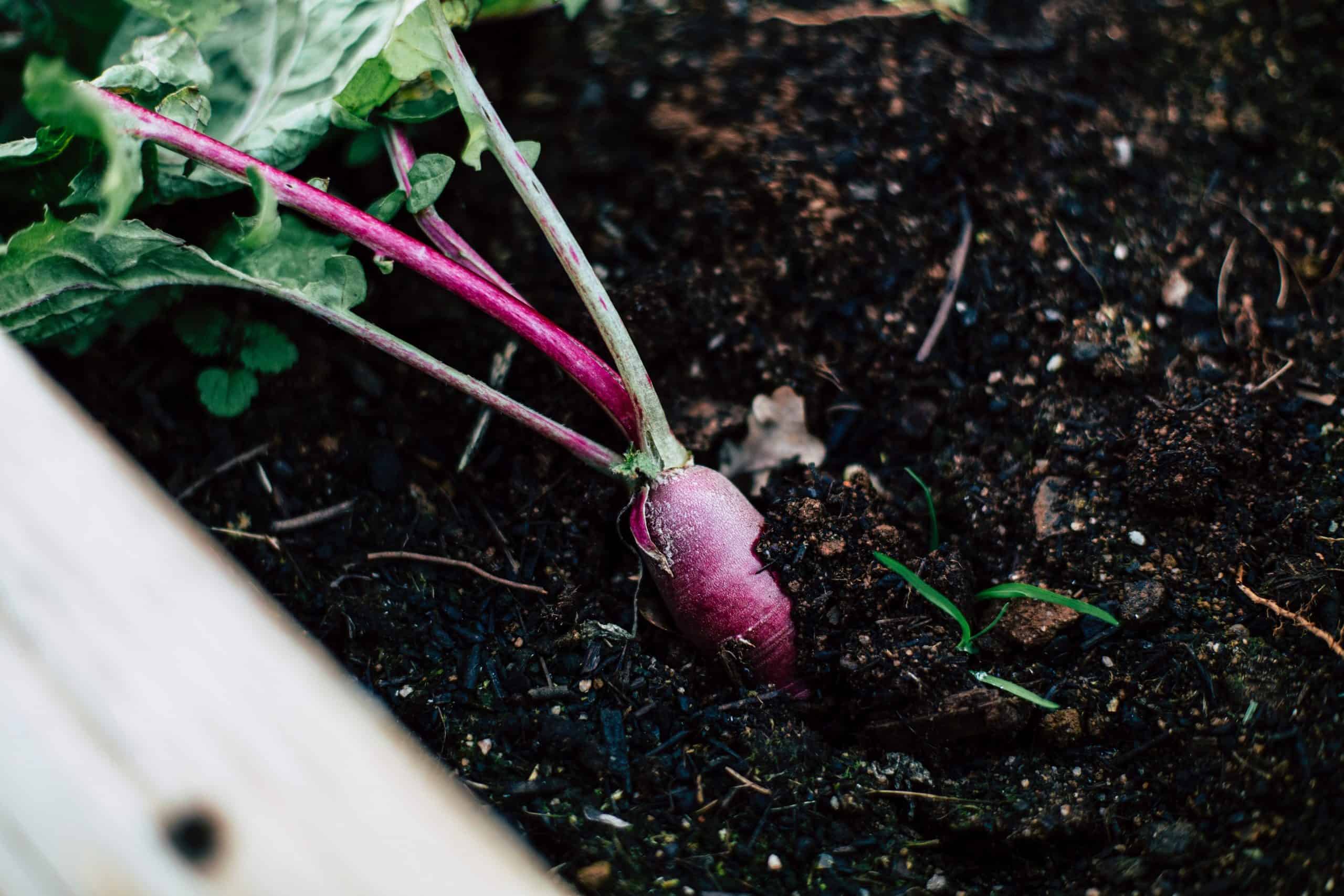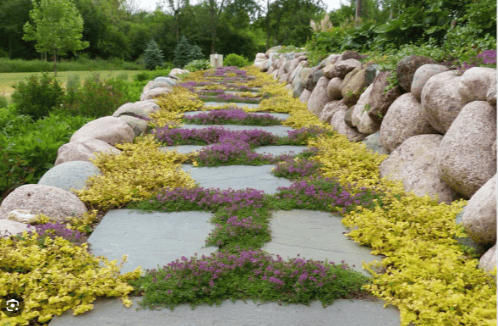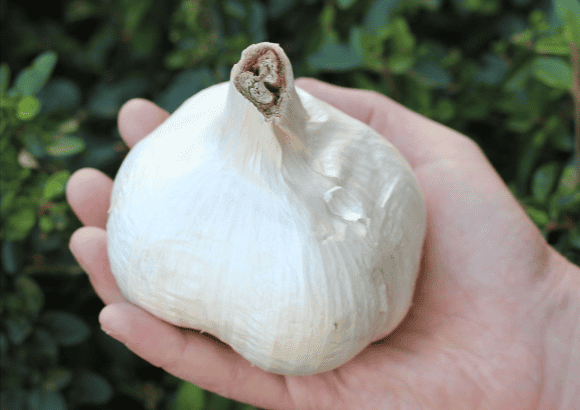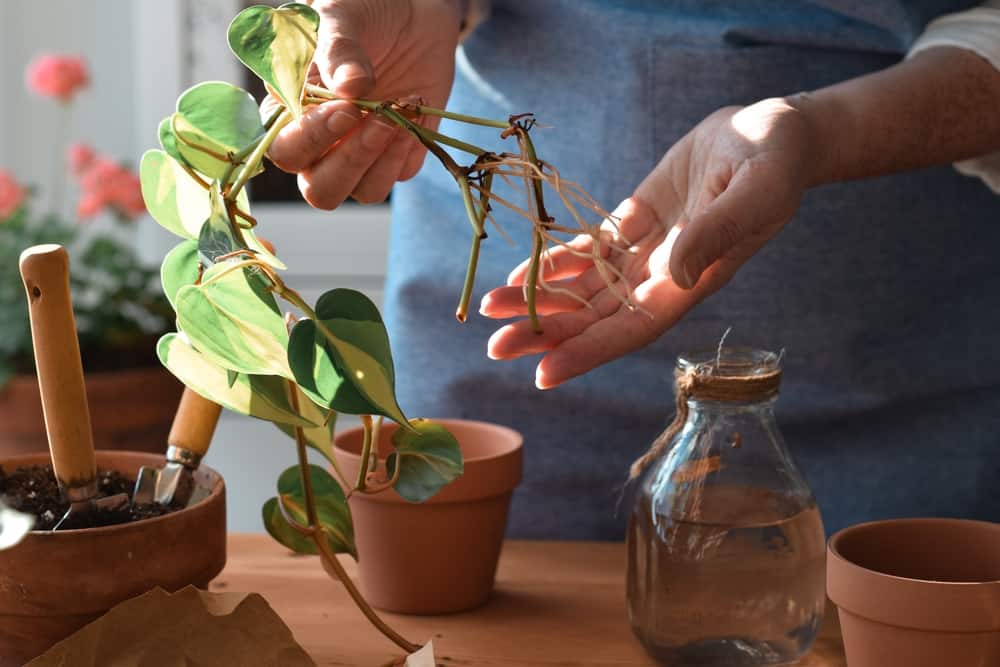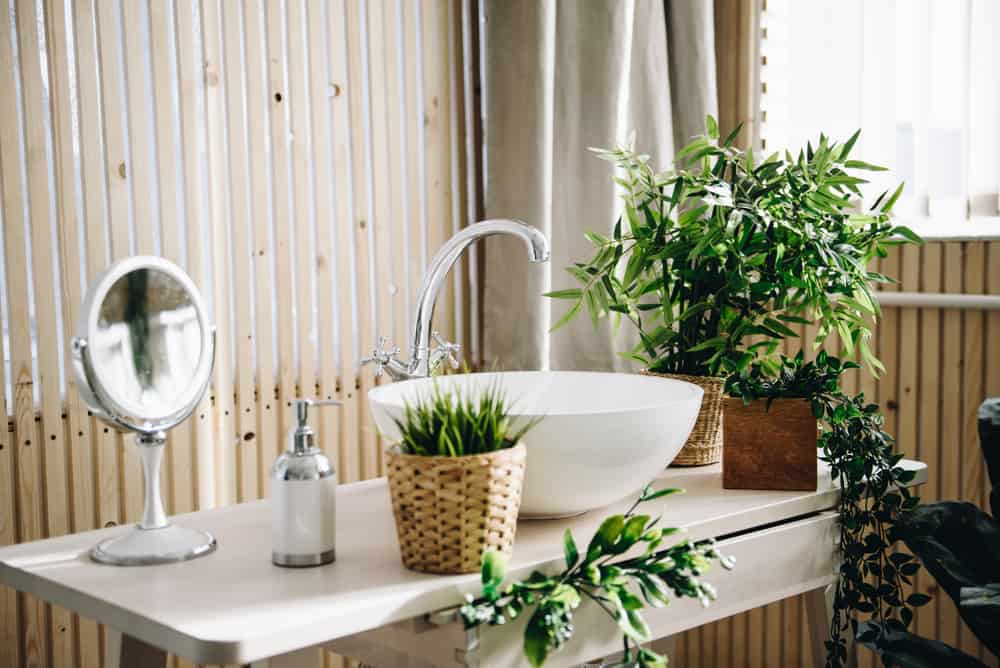Raised garden beds are a classic gardening technique to make your crops or flowers flourish more than they would ordinarily. Raised garden beds can help you reign in the health of the soil, making it easier to maintain and control based on what you are growing.
Raised garden beds are soil that is built up into a raised layer, elevating the plants as you plant them, encouraging their roots to burrow down into the earth faster. If plants have a softer bed of soil to penetrate, their roots will become stronger on the way down. This is especially useful for fruits and vegetables.
Raised garden beds put plants at eye level so that you can better track their progress and see any pesky insects that may seek to destroy your garden. According to Joe Gardener, “Not having to bend over to maintain your garden beds,” helps make things way more convenient, especially for gardeners approaching retirement.
We’re going to walk through how to create a raised garden bed and why it will be so much more beneficial than traditional in-ground gardening.
How to Build a Raised Garden Bed Cheaply
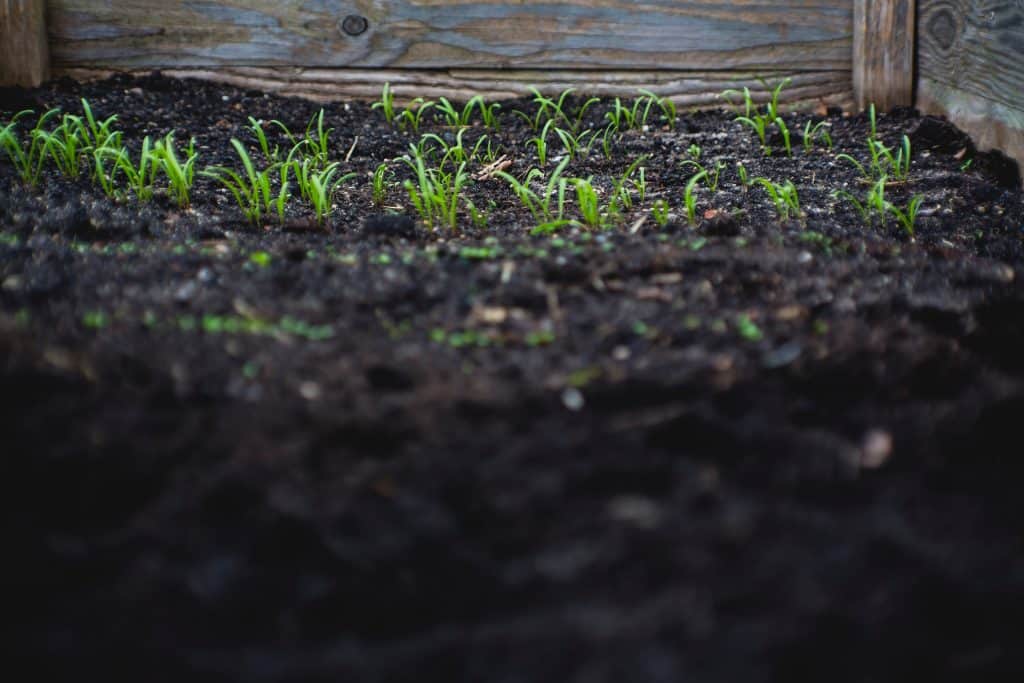
Garden beds may sound expensive and complicated considering there are a lot more supplies and elements of building like wood planks, nails, and wood glue but rest assured, you can create a raised garden bed in a day’s time.
Building raised garden beds can be expensive but you can build an entire garden bed for cheap if you recycle and get crafty!
Let’s Talk Supplies:
- What you’ll need:
- Garden soil
- Builder’s paper/drop cloths
- Garden stakes
- Herb, flower, vegetable seeds
- Tomato cages
- 2x4in lumber
- 2 ½ in deck screws
- Hammer
- Nails
- Tape measure
- Shovel
- Trowel
- Gardening gloves
Now, let’s get in-depth about some of the supplies that are essential…
Wood:
2x4in lumber (length to measure for your garden)
If you get wood from your Home Depot or Lowe’s you’ll need a big chunk of change. An alternative would be to search places like Freecycle.org and Craigslist.org for materials you can repurpose to create a garden bed.
Farms and rural areas often have the best options when it comes to free lumber. You can often find it when driving along the side of the road.
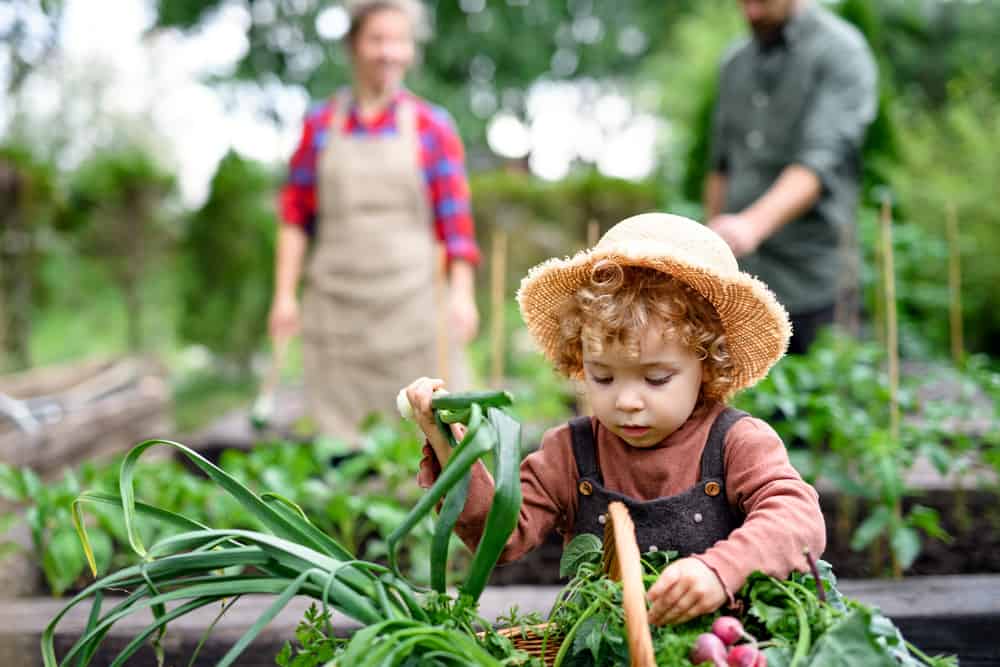
The best types of wood to work with for your raised garden bed are black walnut, cypress, ceder, oak, and black locust. According to Joe Gardener’s Website, “These woods can be difficult to find available for purchase in some areas. They are also expensive.”
Concrete/Cinder Blocks:
The next thing you’ll need to create your raised garden bed are concrete blocks. These will help stabilize everything and keep your plants firm.
Try to use concrete blocks. If you’re using the term cinder block it’s because that’s the old thing people used to call them. These blocks aren’t actually made out of cinders.
However, Joe Gardener says that cement in Portland is actually ash. Fly ash contains a ton of awful metals. Toxic metals that can be found in this type of ash/cinder include lead, mercury, and even arsenic.
Eek! You’ll definitely want to stay away from those. Having those chemicals in your veggies and fruits is completely toxic to humans and animals.
Grab some good old concrete blocks from a local hardware store or use the recycling trick and check out places like Craigslist, Facebook Marketplace, Nextdoor, or even your local bulletin boards for free supplies.
A lot of building companies, farmers, and contractors are itching to get things off of their hands. Oftentimes building supplies like wood, metals, nails, and even some seeds can be found for free on the side of the road in rural areas.
Just do everything you can to not use actual “cinder” blocks.
Builder’s Plastic – Self-explanatory!
You’ll want to cover the area you’re working in as to not get wood shavings everywhere, not hurt any plant matter underneath your workspace, or just to keep your driveway or garage tidy. This versatile plastic will help you create a better workspace so that everything stays nice and organized.
Can You Make Your Garden Bed Portable?
If you’re not ready to commit to rooting your garden into your lawn but still desire a lush yard you can make a portable garden bed.
According to Better Homes and Gardens, portable garden beds are the best solution for almost any gardener with limited space. This essentially is a portable garden! You can bring your flowers or veggies anywhere if you follow the following instructions.
Step 1:
Pick what you want to grow. If you like cooking you may want to try growing things like brazil, mint, thyme, and parsley. Sage, chives, cilantro, and many other fresh herbs are great for mobile gardens.
You might be surprised to know that larger vegetables like tomatoes, corn, eggplant, and even green beans and cucumbers can grow in a raised garden bed and portable garden. In fact, they only need 18 to 24 inches of root space and soil to flourish.
And of course, you can grow flowers.
Step 2:
Gather your supplies. You’ll need some of the same things as you would need to make the traditional raised garden bed, but a lot of the supplies differ.
Since you’re making something mobile, the structure has to be that much more perfect. Ths
Better Homes and Gardens guide will help you pick the right mobile garden structure for you. Some include wood, others buckets or jars, and they all have different mechanisms for moving as well. Wheels and sliders can be used.
Can You Build a Raised Garden Bed?
You definitely can DIY a raised garden bed, but it can be expensive. If you just want to casually garden in the backyard, this project is not for you. But if you’re interested in making a real effort to grow a beautiful, long-lasting garden you just have to follow a few simple steps, via Home Depot.
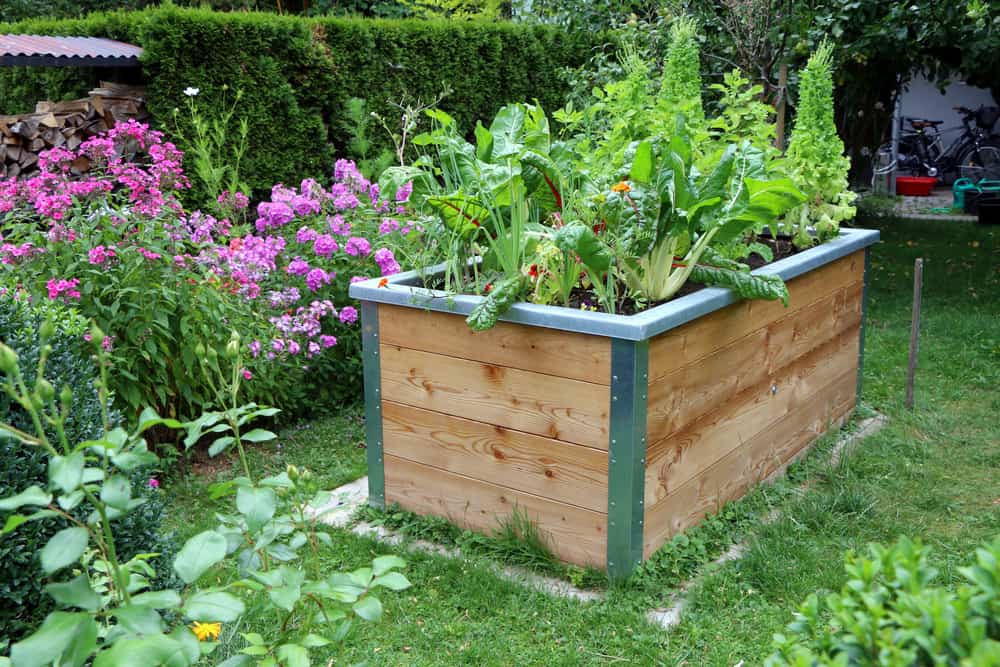
- Pick a sunny and flat place.
- Soil quality doesn’t matter — you’re raising the planting surface and putting new soil inside the raised structure so that plants can grow more freely.
- Make sure that you remove any soil that makes the ground less flat. You have to grab a shovel and a tamper to make everything as even as possible.
- Build a frame with the 2×4 wood we talked about earlier. Make sure to measure for the plants you’re using and for your specific space.
- Add builder’s paper to the bottom of the raised garden bed to keep pests like termites and weeds from permeating the raised garden bed.
- Grab your soil and make sure that you have the right formula for your specific gardening situation. If you’re growing flowers, vegetables, or fruits just double check that.
- Line the garden bed evenly, making sure that the soil doesn’t come up within two inches of the barrier, length-wise.You want roots and leaves to settle near the stem of the flowers with a little room to grow.
- Plant your seeds according to size. Make sure your taller plants won’t block the shorter ones from vital light.
- Make sure to add an inch of water once per week to keep everything in your garden alive!
How Deep Should a Raised Garden Bed Be?
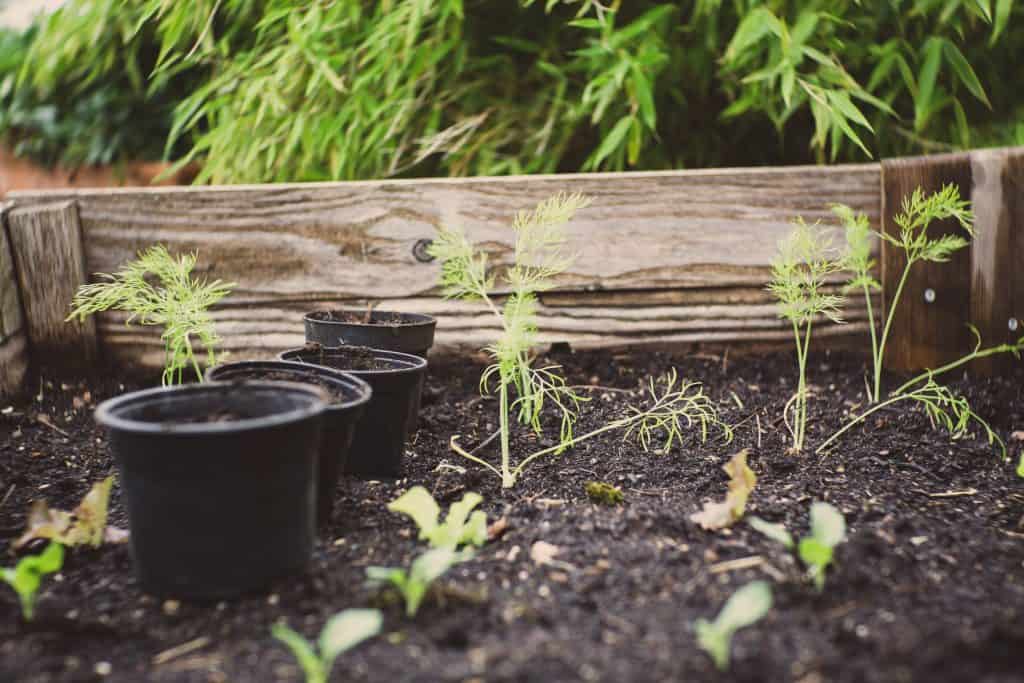
Typically, a raised garden bed should be at least 2x10in. The experts at Home Depot say that the bed should be four feet wide or less. “Anything wider than that can make it difficult to reach the center of the bed.”
You don’t want to be bending over your plants and crushing the taller ones in order to get to the smaller ones. That’ll not only screw up your back but also your garden bed. Don’t go to all the trouble to make the box just to accidentally bend the stems of the plants by accident!
Are Elevated Garden Beds Good?
Elevated gardens typically have a longer growing season and therefore are easier to succeed with than planting directly into the ground.
The growing conditions are great for plants because the raised bed is naturally closer to the sun, therefore it warms more quickly.
Raised garden beds are especially popular in the south because they allow the roots of the plant to catch more oxygen from all directions.
How Do You Fill a Raised Garden Bed Cheaply?
The most common use for a raised garden bed is to grow herbs and small leafy greens. You can even fill your bed with carrots, potatoes, squash, and even beans.
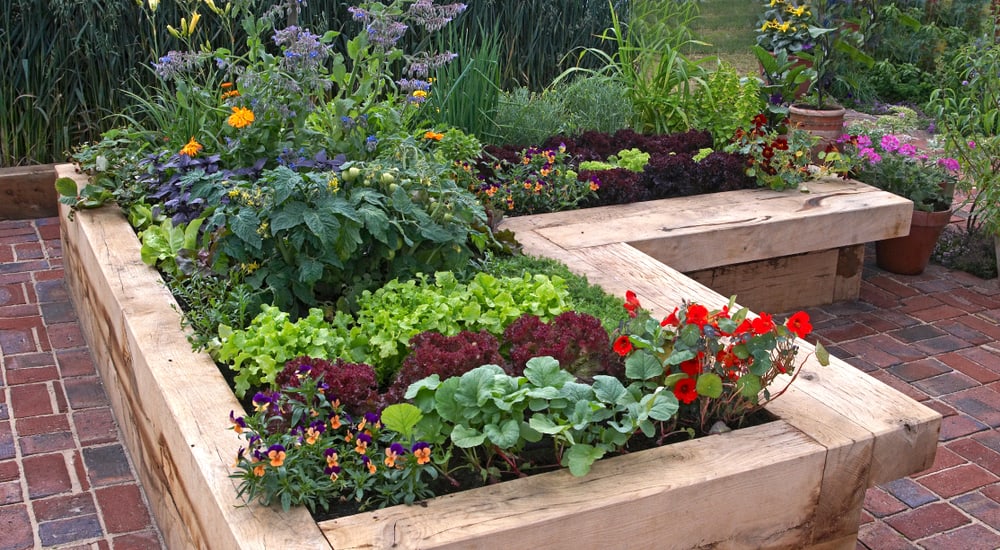
These types of veggies are pretty hearty and all have easy care plans. How much or little you water them depends on the specific type of leafy green you’re growing, just look some up individually.
If you pick the seeds above there is a lot more room for error as far as too much or little water/light.
If you choose to create a DIY raised garden bed whether it’s mobile or not, the raised nature of the structure can help you grow stronger plants than ever.
